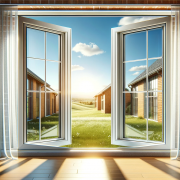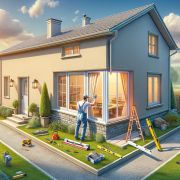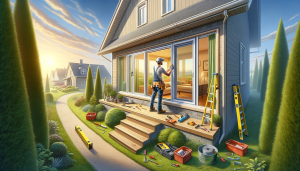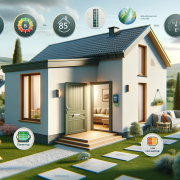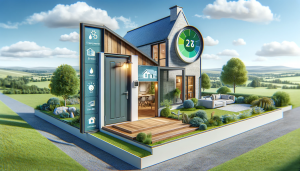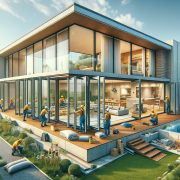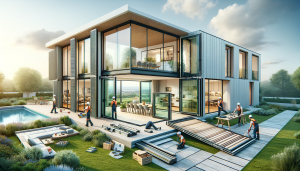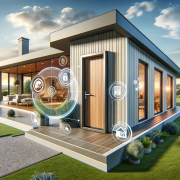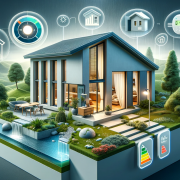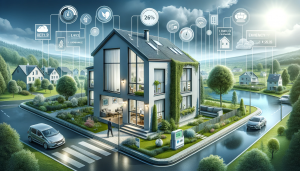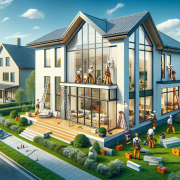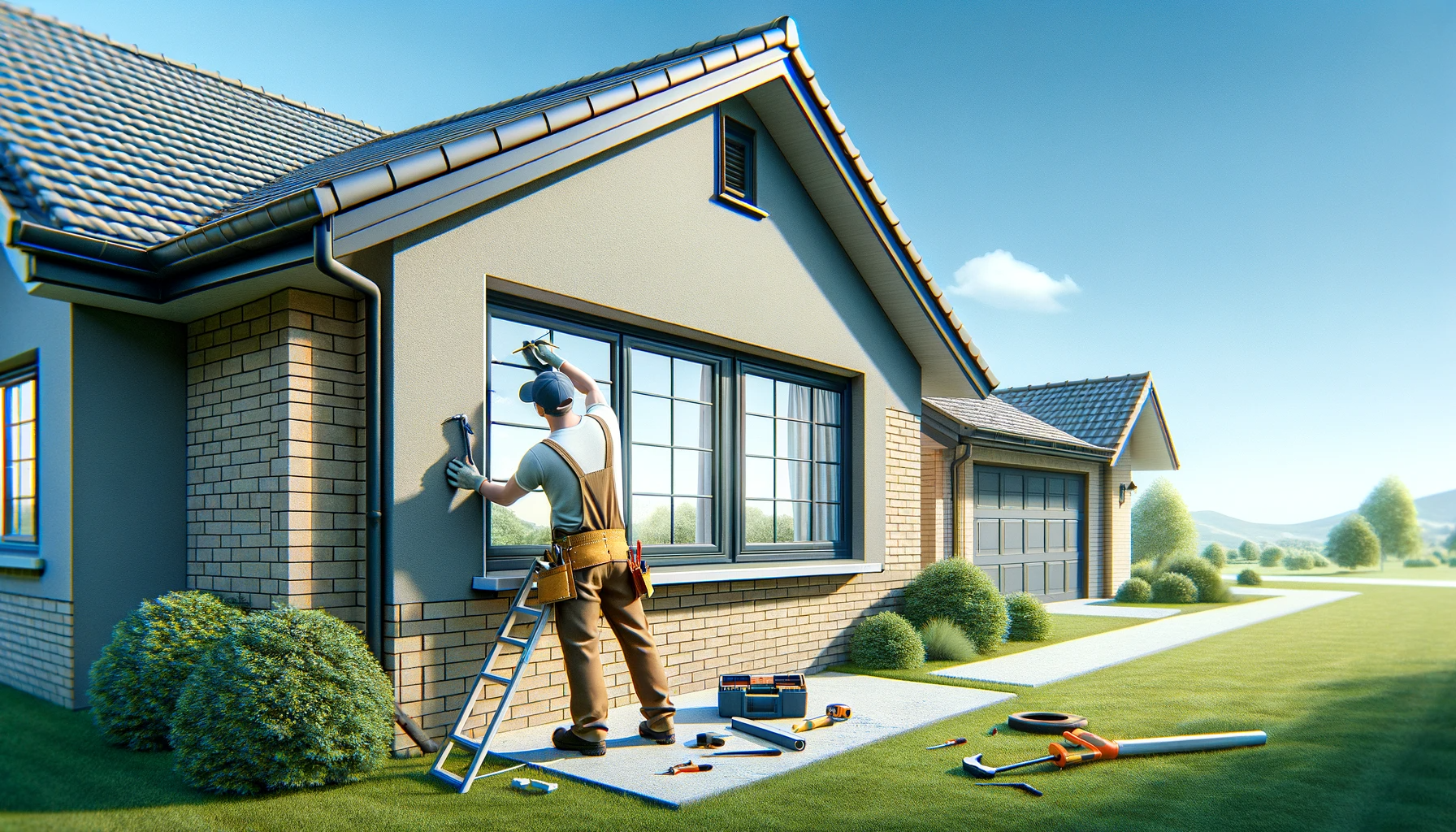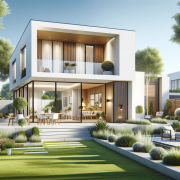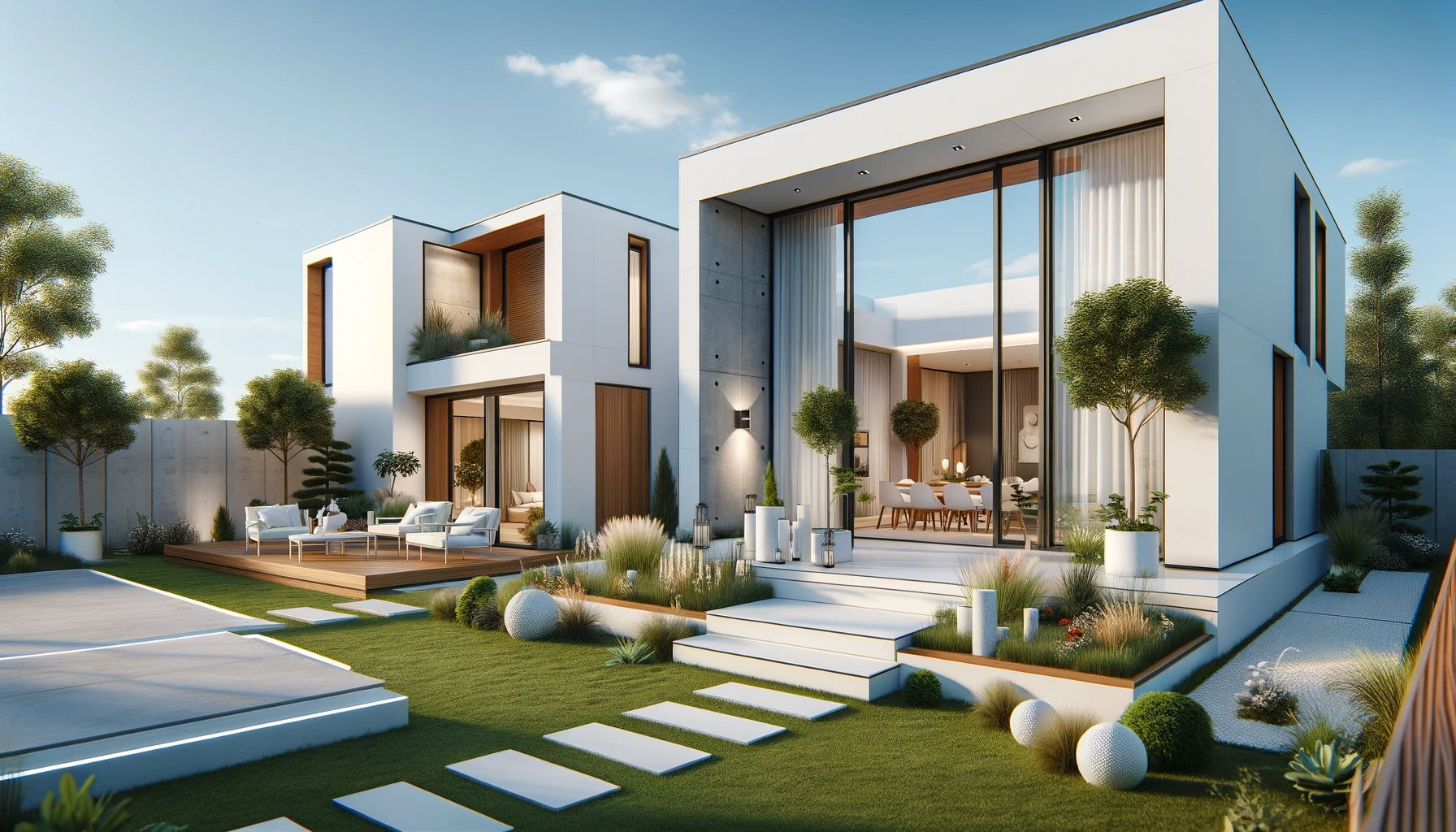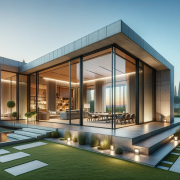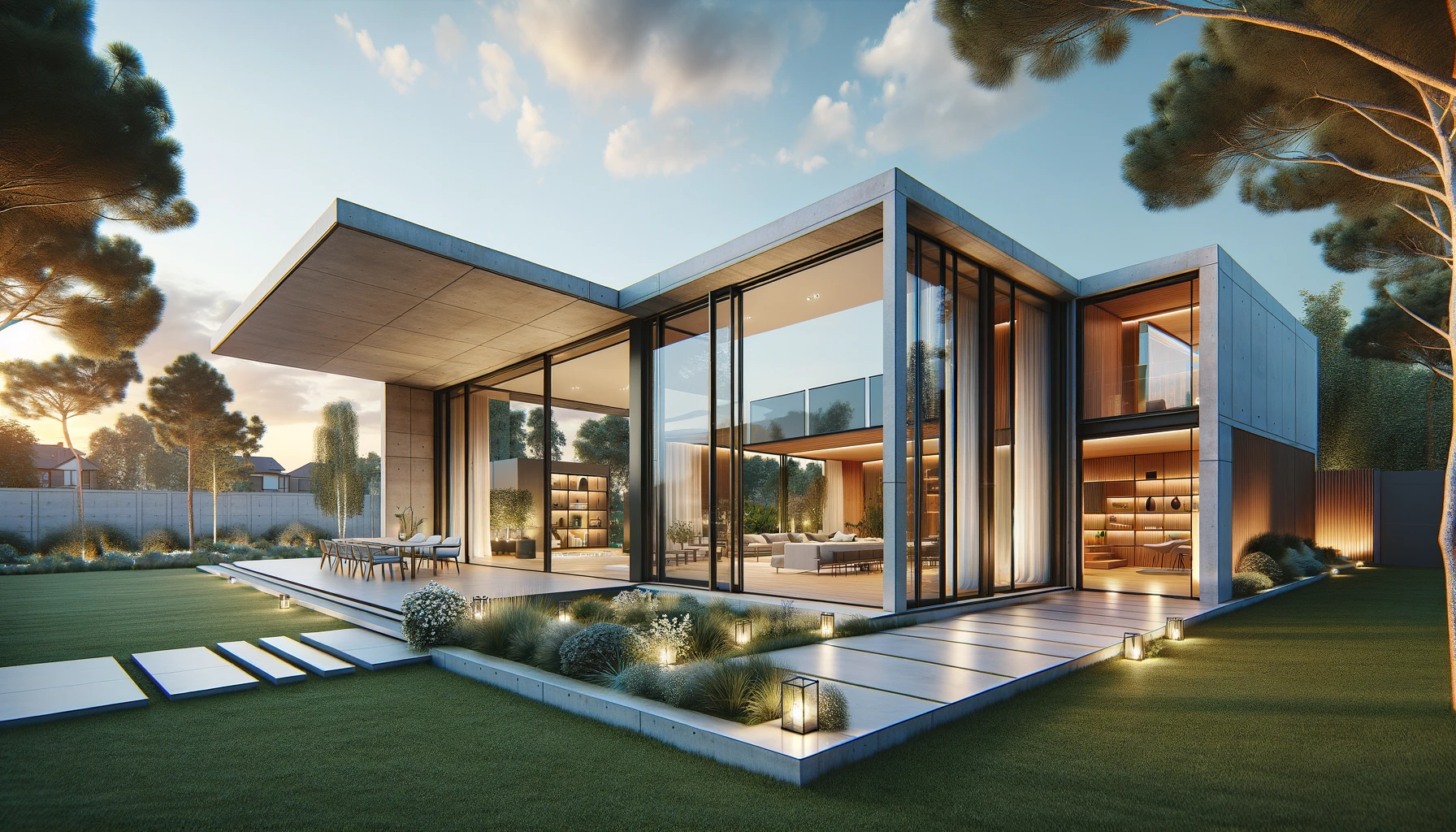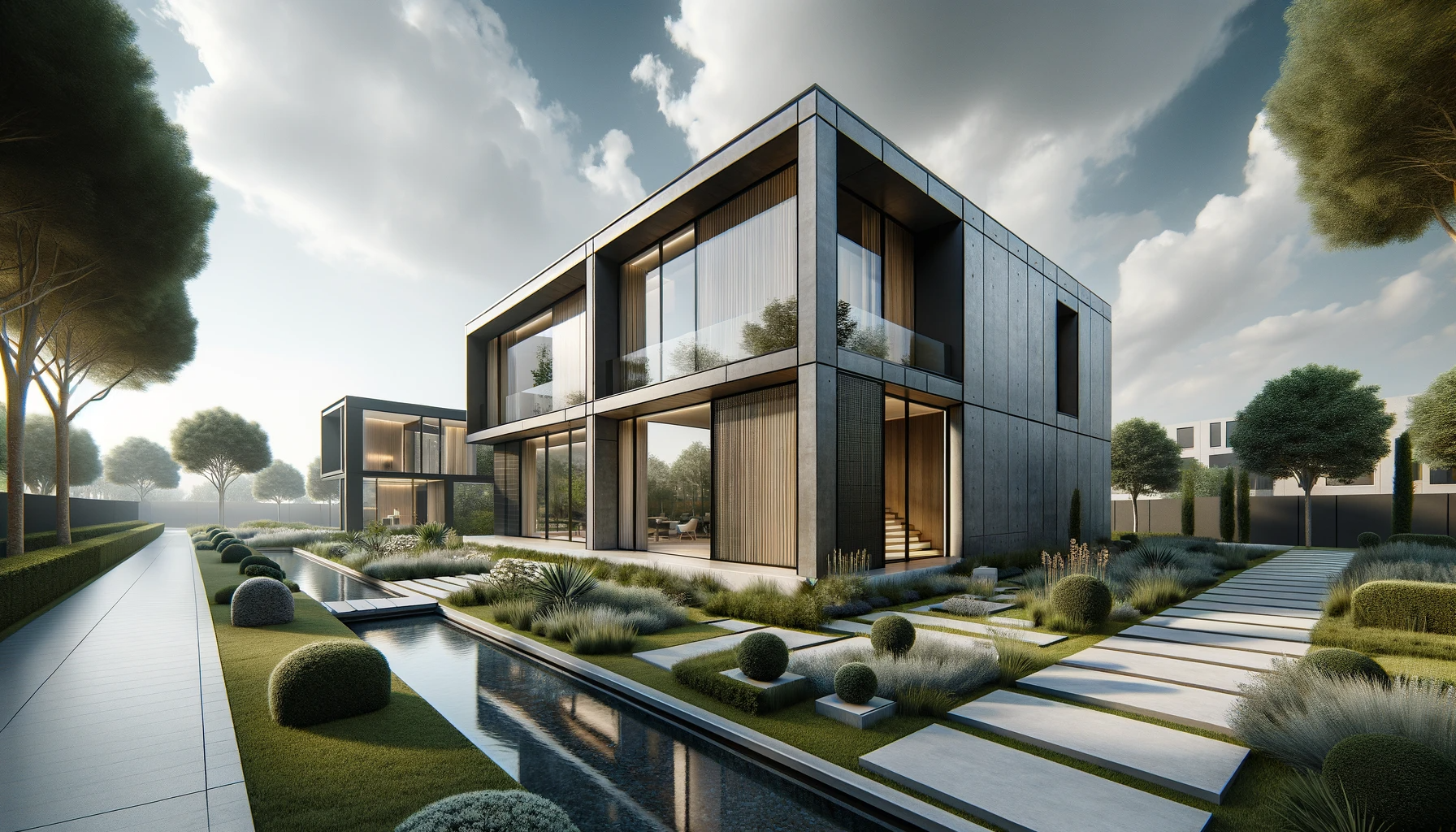Installing UPVC Windows
The Comprehensive Guide to UPVC Windows – Durability, Efficiency, and Style Unveiled
Table of Contents
UPVC windows are becoming more common in contemporary house building and remodelling projects because of their dependability, energy economy, and low upkeep needs. To assist homeowners in making well-informed window selections, this blog article examines the advantages of putting UPVC windows in your house and offers insights into the installation procedure.

Why Select Vinyl Windows?
Strength and Lifespan
Unplasticized polyvinyl chloride, or UPVC, is renowned for its durability. Since UPVC windows are resistant to rot, rust, weathering, and corrosion, they survive for many years without experiencing noticeable wear and tear. Because of their durability, they are the best option for residences located in regions with severe weather.
Energy Effectiveness
Because UPVC windows offer superior insulation, you can keep your house cool in the summer and warm in the winter. Energy bills may be significantly reduced as a result of this. They frequently have choices for double or triple glazing, which improves their ability to save energy even further.
Minimal Upkeep
UPVC windows require less upkeep than wooden frames. They clean up simply with soap and water and don’t require painting or sealing. They also require less frequent maintenance because of their resilience to bugs, mould, and mildew.
Flexible Aesthetics
There are several types and treatments available for UPVC windows, including ones that resemble real wood. Therefore, they may be used in both classic and modern dwellings. They may be made to match certain tastes and architectural types in terms of size, form, and colour.
The Method of Installation
Professional Evaluation and Quantification
To guarantee that the windows fit flawlessly, precise measurements taken by an expert are essential. This entails evaluating the current window spaces and considering any necessary structural alterations. A qualified installer may also offer advice on the kind of UPVC window that will work best for your unique requirements.
Taking Out Old Windows
To prevent harm to the surrounding building, the old windows must be carefully removed during the installation procedure. Another step in the process is recycling or properly disposing of old windows.
Installing New Vinyl PVC Windows
The new windows are level and adequately sealed since they are firmly installed. Better insulating materials and sealants are utilised to boost thermal efficiency and stop drafts.
Final Details
To guarantee a neat and polished appearance, any required trims or finishings are done after installation. The installer will make sure all mechanisms—including locks and hinges—are operating properly by checking them. A wise investment for homeowners looking for a harmonious blend of practicality, economy, and visual appeal is installing UPVC windows. Modern houses may benefit from the long-lasting sturdiness, minimal maintenance, and energy-saving qualities of UPVC windows, which also happen to be beautiful.

